

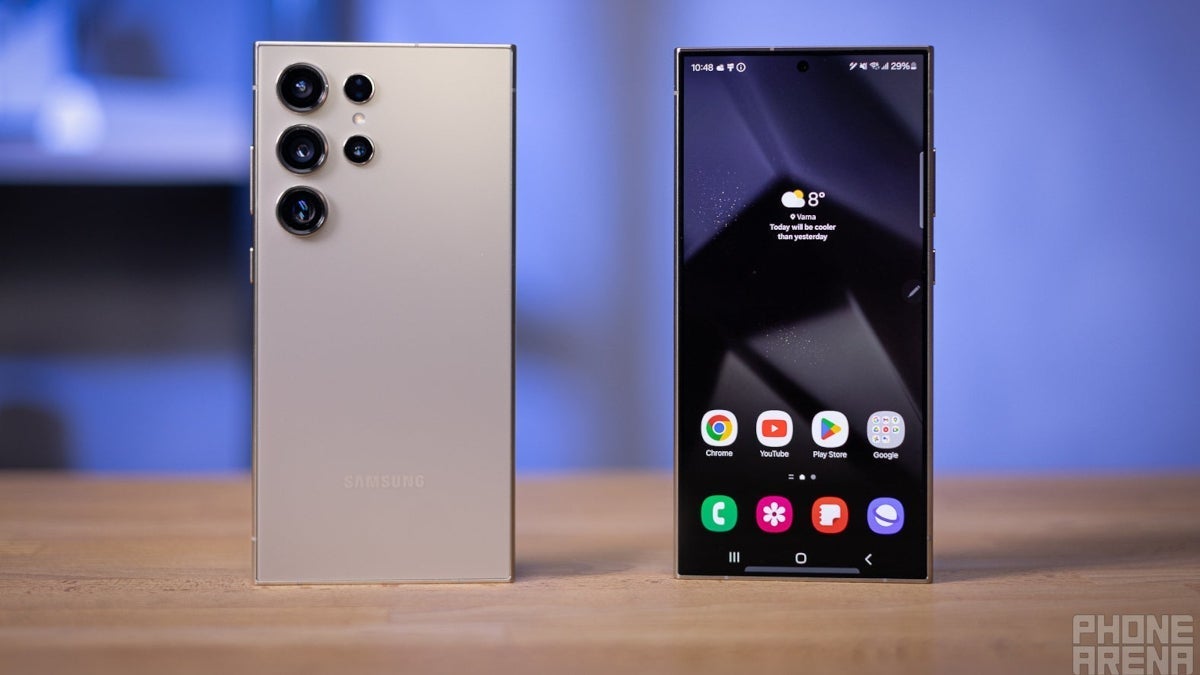
Samsung has announced their latest flagship smartphone series, the Galaxy S25 and S25 Plus, at their Galaxy Unpacked event. These models feature advancements in AI technology, improved displays, Snapdragon 8 Elite chipsets, and an upgraded camera system. Pricing starts at USD 799 for the base model, and both models come in various color options. Performance enhancements include a larger vapor chamber and improved cooling, as well as a higher RAM capacity of 12GB.
Samsung Unveils Galaxy S25 and S25 Plus with Enhanced AI Capabilities and Flagship Features
Background
Samsung's Galaxy S series has long been a benchmark for smartphone innovation. With the launch of the Galaxy S25 and S25 Plus, Samsung continues its tradition of pushing the boundaries of mobile technology. These latest flagship devices boast significant advancements in artificial intelligence (AI), display quality, performance, and camera capabilities.
Key Features
Pricing and Availability
The Galaxy S25 and S25 Plus are available for purchase starting at USD 799 for the base model. Both models come in a variety of color options, including Phantom Black, Green, Lavender, and White.
Top 5 FAQs and Answers
1. Q: What are the major differences between the Galaxy S25 and S25 Plus? A: The Galaxy S25 Plus has a larger display (6.8-inch vs. 6.4-inch) and a higher base storage capacity (128GB vs. 64GB).
2. Q: Does the Galaxy S25 and S25 Plus support 5G connectivity? A: Yes, both models support 5G connectivity for fast and reliable internet speeds.
3. Q: What is the battery life of the Galaxy S25 and S25 Plus? A: The Galaxy S25 has a 4,000mAh battery, while the S25 Plus has a slightly larger 4,500mAh battery.
4. Q: Can the Galaxy S25 and S25 Plus be used for wireless charging? A: Yes, both models support Qi wireless charging.
5. Q: What are some of the new AI features available on the Galaxy S25 and S25 Plus? A: Some of the new AI features include improved image and video processing, personalized recommendations, and faster app loading times.

Samsung has finally launched its newest flagship lineup, the Galaxy S25 series, with three devices equipped with the same Snapdragon 8 Elite for Galaxy processor. Both the Samsung Galaxy S25 and S25+ feature an AMOLED display with 120Hz refresh rate, a 50-megapixel main camera, and a 12-megapixel selfie shooter. The devices differ in size and battery, with the Samsung Galaxy S25 having a 6.2-inch display and a 4000mAh battery while the S25+ has a 6.7-inch display and a 4900mAh battery. The prices for the Indian market are yet to be announced, but the US prices for the vanilla model and the Plus model are the same as last year's models.
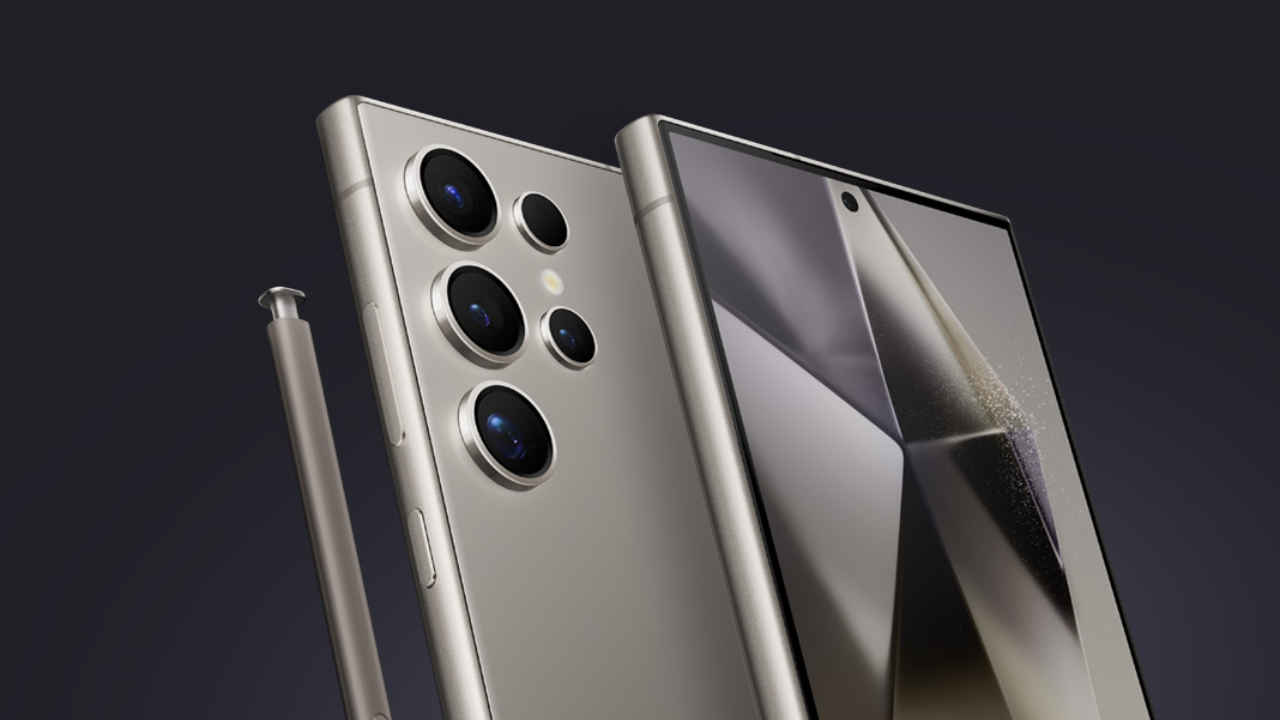
Fans of Samsung's Galaxy series are in for a treat as the highly anticipated S25, S25+, and S25 Ultra models are set to be released today in San Jose, California. In a recent leak, photos of the phones in their retail boxes have confirmed that they will come in thinner packaging and without a charger. While initial disappointment may arise from the standard S25's 128 GB storage, upgraded RAM and a possible overclocked Snapdragon 8 Elite chipset are sure to make up for it. Make sure to tune in to the Unpacked event tonight at 6 PM UTC to catch all the details.
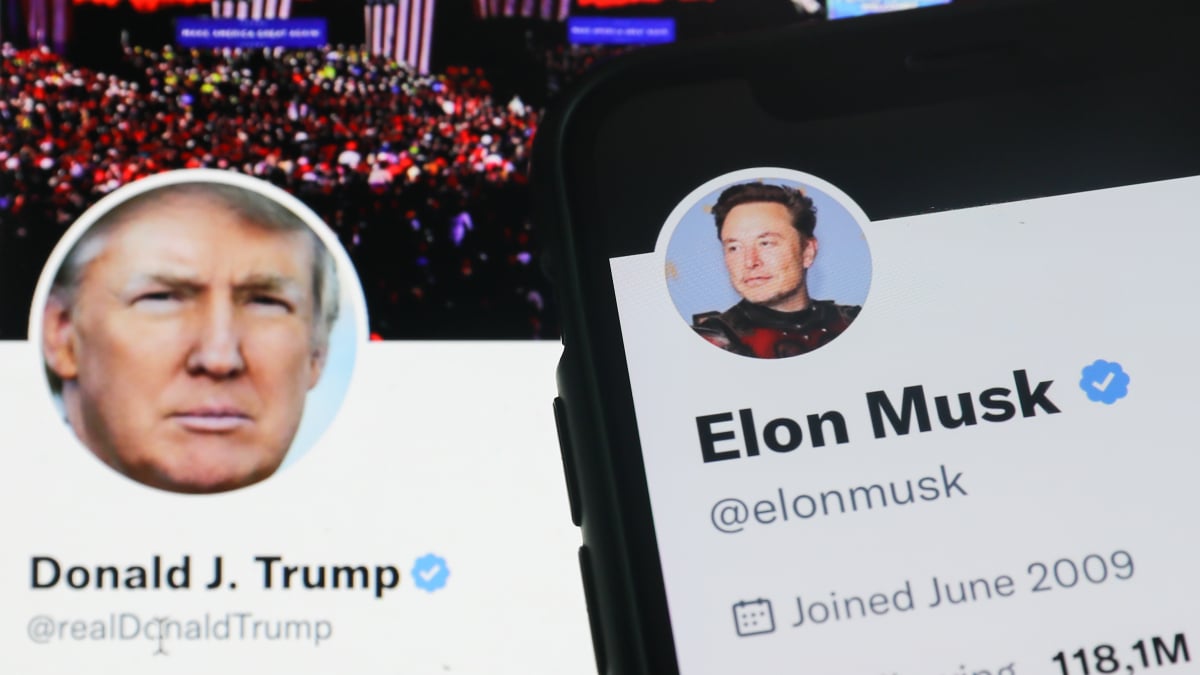
After Elon Musk's gesture at a Trump inaugural event sparked backlash on Reddit, a growing number of communities on the platform are proposing and implementing bans on links to X (formerly Twitter). The ban discussion has gained momentum across major subreddits, with some citing concerns about login requirements, bot activity, and platforming of paying users. This movement raises questions about the power of Reddit in influencing the social media landscape and the role of large online communities in shaping platform adoption. These developments come during a period of significant upheaval in the social media landscape, as platforms like X face increased regulatory pressure in Europe.

The excitement was palpable at the Bharat Mobility Global Expo 2025 in New Delhi as innovative vehicles took center stage. With the introduction of Shunya, India's very own mini-electric plane, the country takes a giant leap towards eco-friendly transportation. Shunya, belonging to the E-VTOL category, is a game-changer as it can take off without a runway and could potentially be operated from atop buildings.

This article explores the dataset of over 40,000 YouTube trending videos to uncover patterns and insights into what makes a video go viral. By analyzing data from over 200 days, we can see common trends and strategies used by popular videos. From catchy titles to video length, this article dives into the key factors behind the success of trending videos on YouTube.
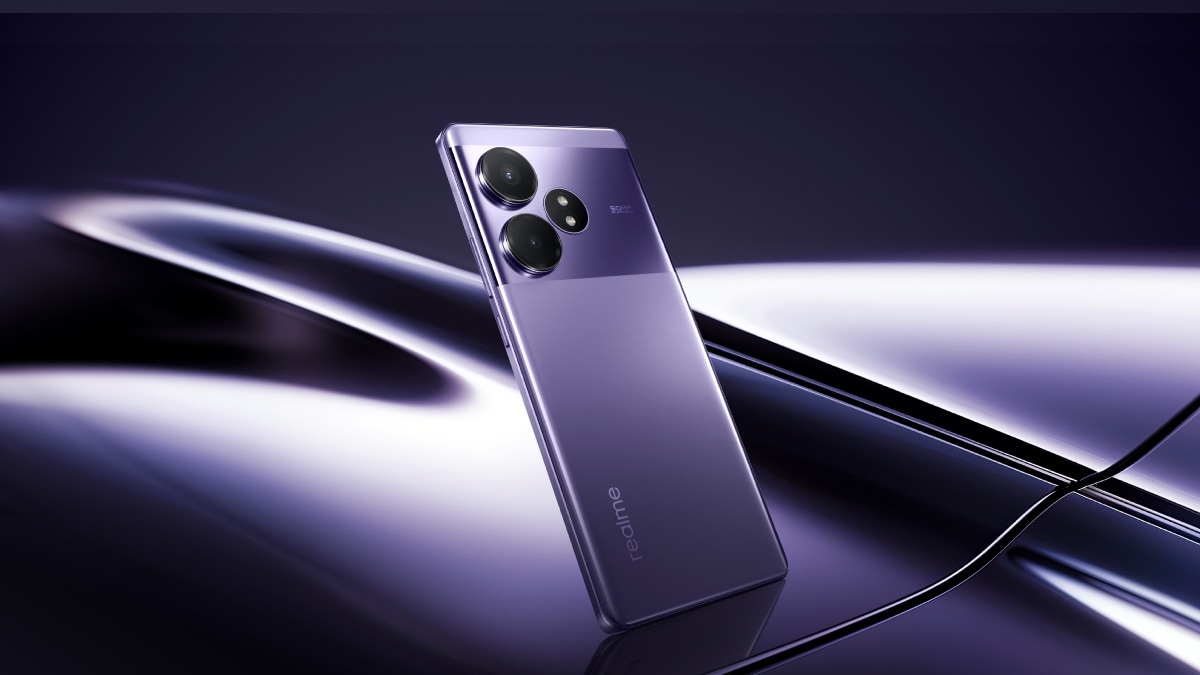
The listing on China's Compulsory Certification website has revealed details about the anticipated Realme Neo 7 SE, which is expected to launch soon in China. Its charging capabilities suggest significant upgrades over the Neo 7, making it a potential strong competitor in the mid-range segment. With its expected pricing similar to the Neo 7, this smartphone is sure to create buzz in the market.

The Ram Temple in Ayodhya, which recently celebrated its first anniversary, is not only a symbol of faith but also a testament to innovative technology. From the "Surya Tilak" ceremony, utilising an intricate optomechanical system developed by the CBRI, to advanced surveillance systems with AI technology, the temple boasts technological advancements. These innovations not only enhance the temple experience but also ensure safety and smooth management for devotees and tourists.
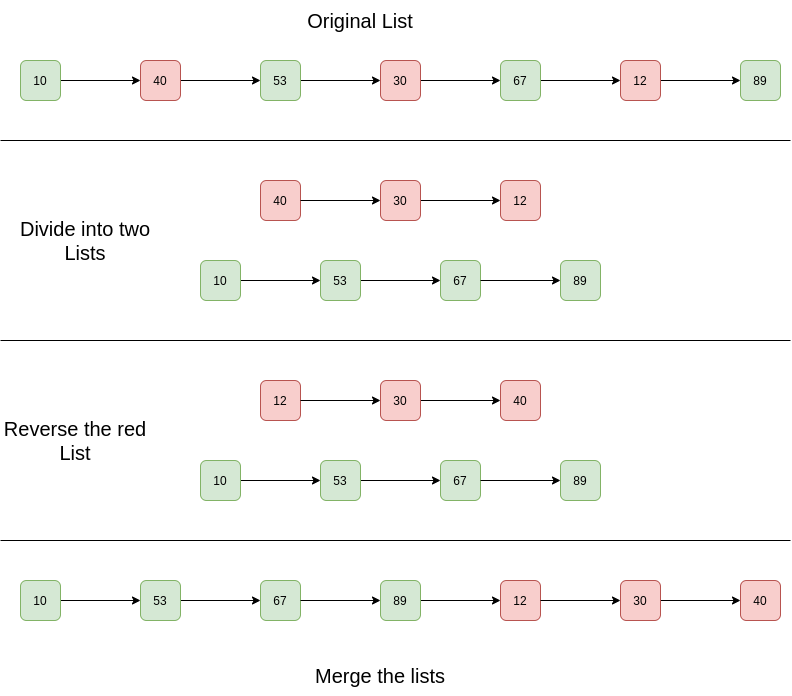
This article discusses a clever solution to reverse linked list nodes in blocks of length K, making use of two pointers and the concept of splitting the list into buckets. By dividing the list into smaller sections, the process of reversing becomes more efficient and manageable. The article also provides a solution to reversing single linked lists as a reference. With this approach, linked lists can now be manipulated and traversed with even more ease and efficiency.
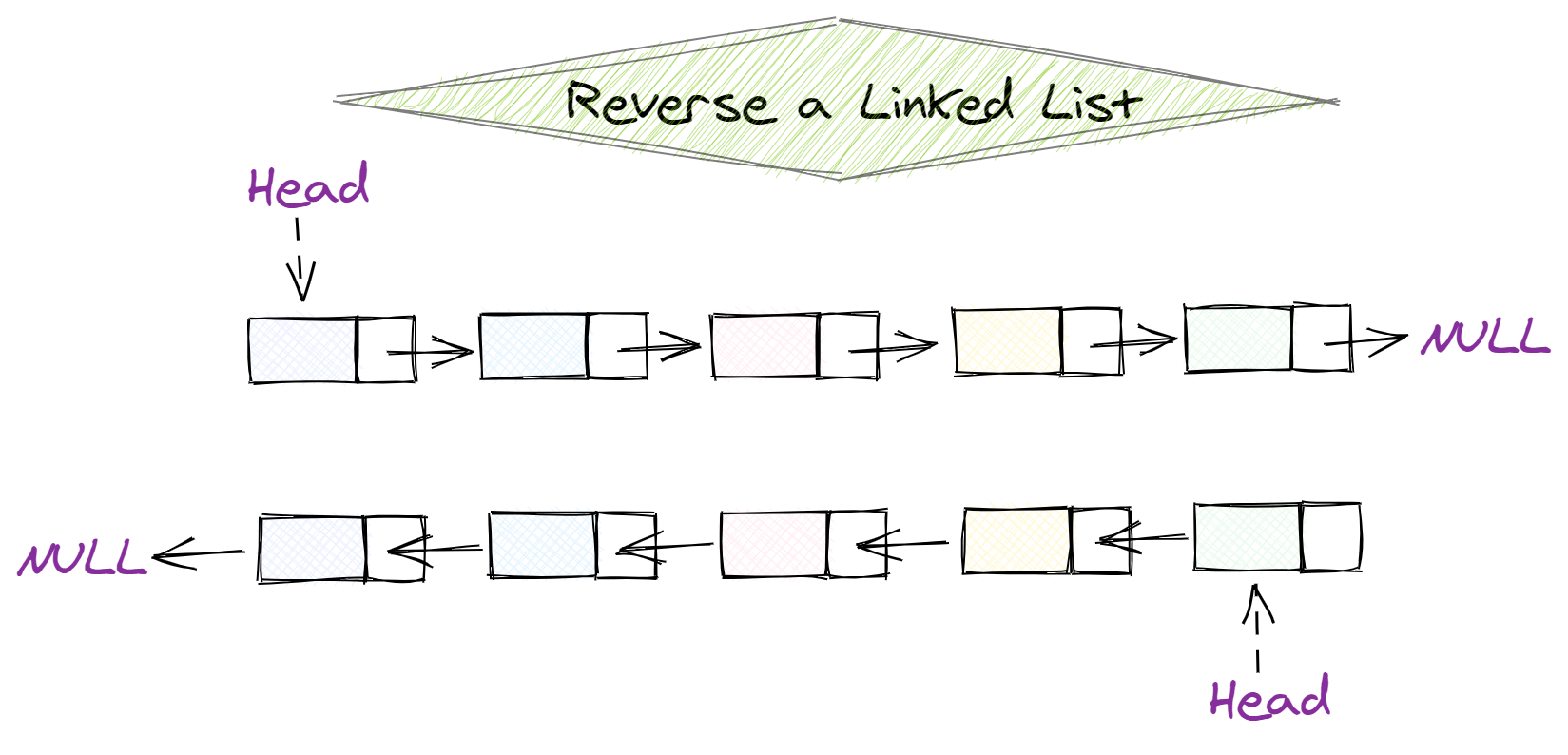
Reversing a linked list requires knowledge of the previous, current, and next nodes. To apply this to the current problem, one can maintain these three nodes at every step. If stuck, using tmpNode can help. Additionally, if the function returns the endNode of the reversed list, it can be easily applied to the current problem by setting the previous node of the first node to the result of the reversed list.